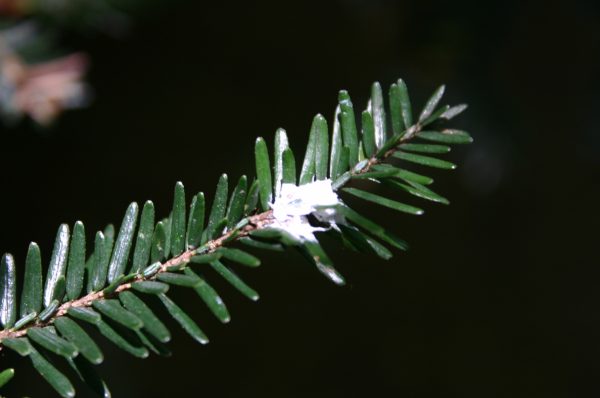Why applying systemic insecticide to the base of a tree works

Question from Walter:
It is my understanding that most of a tree’s feeder roots are pretty far from the trunk. I sometimes tell folks to apply fertilizer in a doughnut around a tree: 5-10 feet inside the drip line and 5-10 feet outside.
If my understanding is correct, then why do the instructions for systemic insecticide say to pour the solution around the trunk into the top of the root collar.
What is there to absorb insecticide?
Answer from Art Morris:
Hey Walter!
Good question with a two-part answer.
Although many off-the-shelf fertilizer products recommend treatment near the dripline, the anatomy of trees doesn’t necessarily support that. In fact, the majority of a tree’s fine feeder roots are located closer to the trunk and beneath the drip line. Although roots may extend quite a distance beyond the canopy of a tree, the highest density of fine roots is closer to the trunk.
Additionally, many modern systemic insecticides (dinotefuran products in particular) contain surfactants and bark penetrants. This allows them to absorb quickly through a tree’s bark and into the vascular cambium.
The base of the tree trunk and root collar contain a high amount of undifferentiated tissue that distributes the treatment radially around the trunk very effectively. In fact, many professionals apply the treatment directly to the trunk and buttress roots to avoid potential runoff or product waste that is possible with a soil application.
Arthur Morris
Board-Certified Master Arborist #SO-2627B
A. E. Morris Advisory, LLC














